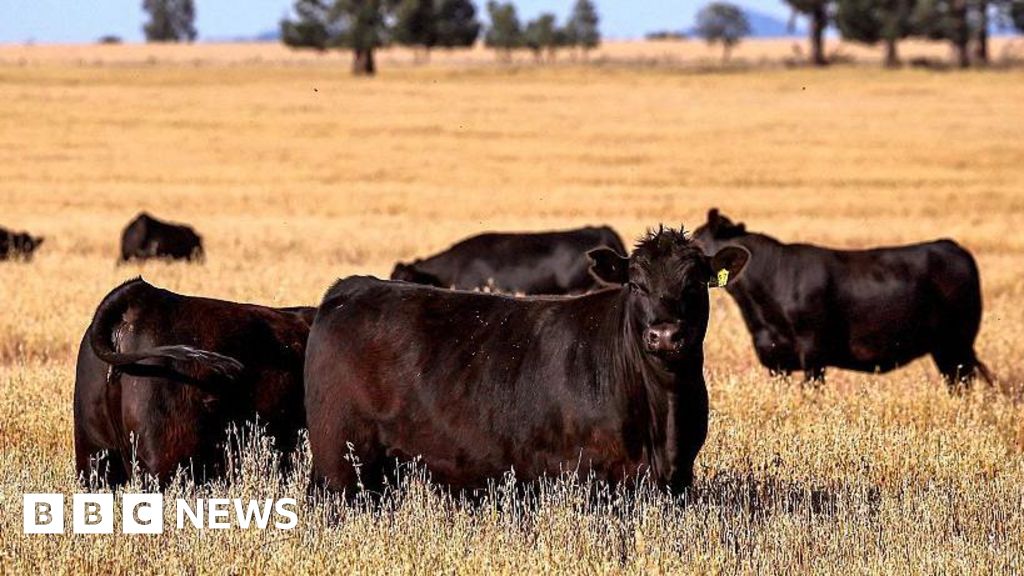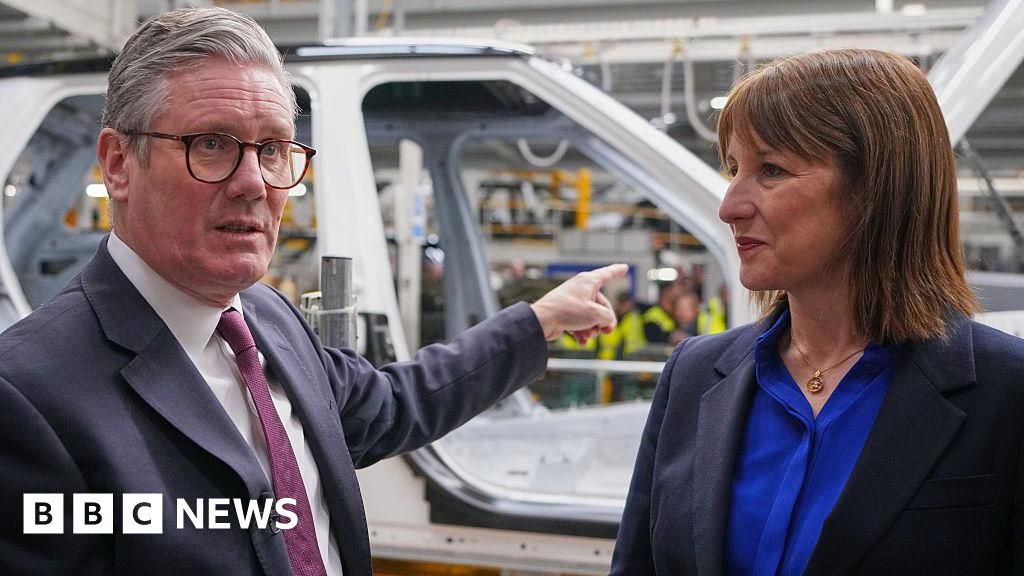New Carbon Capture Model Projects Significant Emission Reductions by 2039

The landscape of carbon capture technology is shifting, presenting new opportunities for small business owners to engage with sustainable practices while potentially benefiting from significant tax incentives. In a recently released analysis from the U.S. Energy Information Administration (EIA) — part of their Annual Energy Outlook 2025 — the introduction of a comprehensive module designed for carbon capture, allocation, transportation, and sequestration (CCATS) could change the way businesses approach carbon emissions.
As small business owners increasingly consider the impact of their operations on the environment, understanding the implications of this new module is crucial. It not only suggests a growing trend in carbon capture practices but also integrates potential financial benefits through government incentives.
The CCATS module estimates that carbon dioxide (CO₂) capture at electric power and industrial facilities will see a pronounced increase through the 2030s. This uptick is primarily driven by the increased value of tax credits established under the Inflation Reduction Act (IRA) of 2022. For instance, those who commence construction of carbon reduction projects before January 1, 2033, can claim tax credits for up to 12 years. Current projections indicate that CO₂ capture is expected to reach between 1.5% to 3.5% of energy emissions by the late 2030s, depending on specific conditions.
“Under the IRA, developers could claim the tax credits known as 45Q for projects that begin construction before January 1, 2033,” the EIA noted, emphasizing the time-sensitive nature of these incentives. This could be an alluring prospect for small businesses considering innovations in carbon management.
Businesses may find themselves in a unique position to leverage carbon capture technologies for both compliance and commercial gains. If successfully implemented, carbon capture can enhance a company’s sustainability initiatives, reduce its carbon footprint, and potentially lower operational costs. Moreover, businesses in related sectors — such as energy, manufacturing, and transportation — stand to gain from the emerging markets around carbon management and emissions reduction technologies.
Historically, carbon capture has predominantly occurred in ethanol and natural gas processing plants, but the EIA projects that this will soon shift. By the late 2030s, coal power plants and hydrogen facilities may lead in CO₂ capture rates. For small businesses, this represents a significant opportunity to either invest in these technologies directly or partner with specialized firms to enhance their own sustainability strategies.
However, the journey won’t be devoid of challenges. The projected decrease in CO₂ capture as tax credits begin to expire around 2050 could pose risks for businesses reliant on these fiscal incentives. The EIA anticipates that capture amounts will decline, particularly after the financial benefits associated with the IRA begin to wane. Businesses must navigate these transitions carefully to ensure they can maintain their sustainability efforts without experiencing a financial burden.
Furthermore, factors such as fluctuating regulations around carbon emissions, competition for tax credits, and overall market demand for carbon capture solutions could impact small businesses.
An intriguing detail from the EIA’s findings is the projected methods of CO₂ sequestration. In particular, CO₂ will be sequestered via saline storage and through enhanced oil recovery (EOR), which involves injecting CO₂ into oil fields to boost production. The tax credits for these methods vary significantly, impacting economic feasibility for businesses contemplating investment in carbon management.
The EIA analysis underscores that although CO₂ capture is growing, it still represents a small fraction of total energy emissions. For the electric power sector, the peak CO₂ capture is forecasted to be as low as 2.8% to as high as 15.6% depending on specific scenarios, indicating that while progress is being made, there’s still much work to be done to achieve widespread utilization.
There’s a clear message emerging from the EIA: small business owners have a pivotal role to play in the sustainability landscape, both in terms of compliance and innovation. As the market for carbon capture technologies evolves, making informed decisions about investments and practices will be critical.
For additional insights, including detailed scenarios and projections, visit the original EIA post here.
Image Via Envato
This article, "New Carbon Capture Model Projects Significant Emission Reductions by 2039" was first published on Small Business Trends
What's Your Reaction?
 Like
0
Like
0
 Dislike
0
Dislike
0
 Love
0
Love
0
 Funny
0
Funny
0
 Angry
0
Angry
0
 Sad
0
Sad
0
 Wow
0
Wow
0




























































































